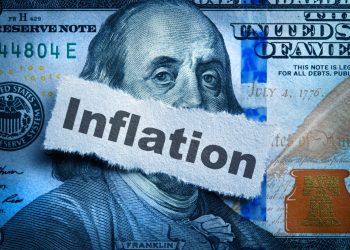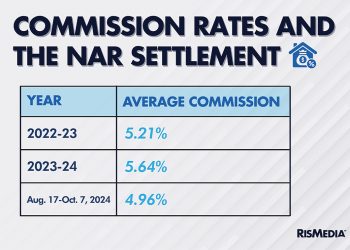Borrowers with 15-year fixed mortgages tend to pay less compared to borrowers with 30-year fixed mortgages, according to a new report released this week by LendingTree.
Though mortgage rates have fluctuated up and down over the past few months, they’re considerably higher than at the start of the year. Higher rates mean new borrowers will likely need to pay more mortgage interest charges. Borrowers who choose 15-year, fixed-rate mortgages could save an average of $214,899 in interest over the lifetime of their loans compared to borrowers who choose 30-year mortgages.
The key highlights:
- Mortgage rates are usually significantly lower for 15-year fixed mortgages, with the APR offered to borrowers with a 15-year fixed mortgage is 5.14%—92 basis points lower than the 6.06% offered to 30-year fixed borrowers.
- On average, payments for 15-year fixed mortgages cost $572 more monthly than for 30-year fixed mortgages.
- California, Hawaii and Washington borrowers could save the most over the lifetime of their loans by choosing 15-year mortgages, with the lifetime interest savings between the three states averaging $306,687.
- West Virginia, Ohio and Missouri have the lowest savings on the list, but still have an average of $171,632 over the lifetime of 15-year mortgages.
The major takeaway:
“Borrowers should always keep in mind that different loan types exist, and that one size doesn’t necessarily fit all. For example, while a 15-year, fixed mortgage may be the best option for some, it isn’t always the best option for everyone. As a result, borrowers shouldn’t feel discouraged if they can’t afford a mortgage with a shorter repayment term,” said LendingTree’s Senior Economist and report author Jacob Channel. “Ultimately, while factors like how much interest a loan charges or how long it will take to be paid off are important, they aren’t as important as whether or not that loan is affordable to a borrower.”
Added Channel, “Unfortunately, the higher monthly costs associated with shorter-term mortgages will likely make them too expensive for many borrowers to afford. With that said, for those who can afford them, the long-term savings they provide can be well worth the short-term costs.”
For the full report, click here











